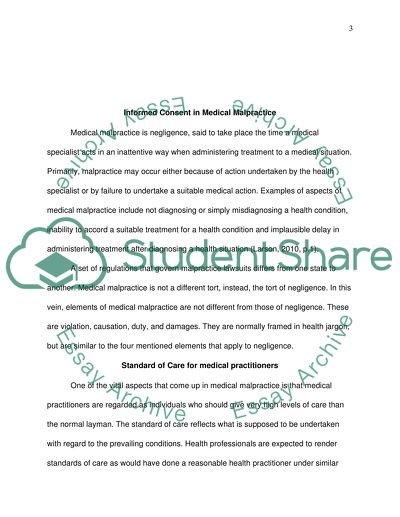Cite this document
(“Informed Consent in Medical Malpractice Research Paper”, n.d.)
Informed Consent in Medical Malpractice Research Paper. Retrieved from https://studentshare.org/miscellaneous/1574382-informed-consent-in-medical-malpractice
Informed Consent in Medical Malpractice Research Paper. Retrieved from https://studentshare.org/miscellaneous/1574382-informed-consent-in-medical-malpractice
(Informed Consent in Medical Malpractice Research Paper)
Informed Consent in Medical Malpractice Research Paper. https://studentshare.org/miscellaneous/1574382-informed-consent-in-medical-malpractice.
Informed Consent in Medical Malpractice Research Paper. https://studentshare.org/miscellaneous/1574382-informed-consent-in-medical-malpractice.
“Informed Consent in Medical Malpractice Research Paper”, n.d. https://studentshare.org/miscellaneous/1574382-informed-consent-in-medical-malpractice.


